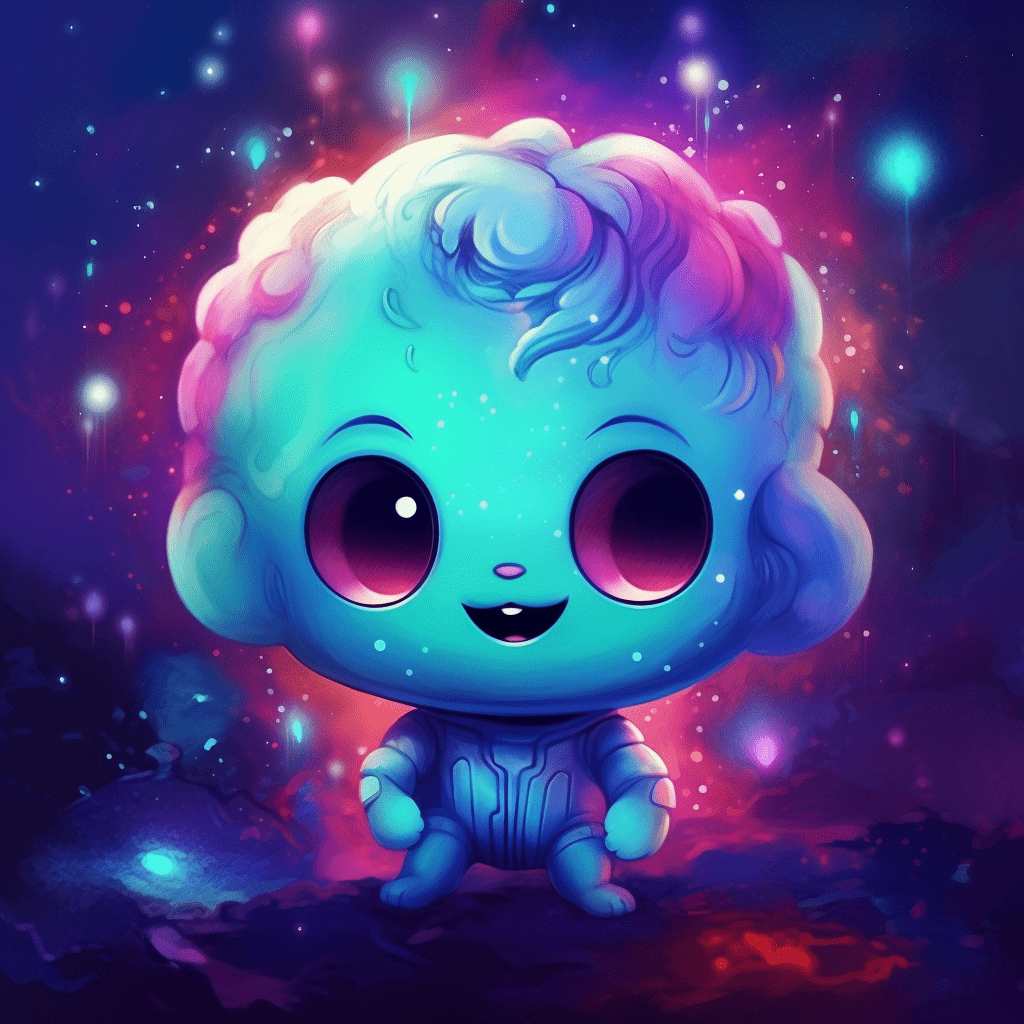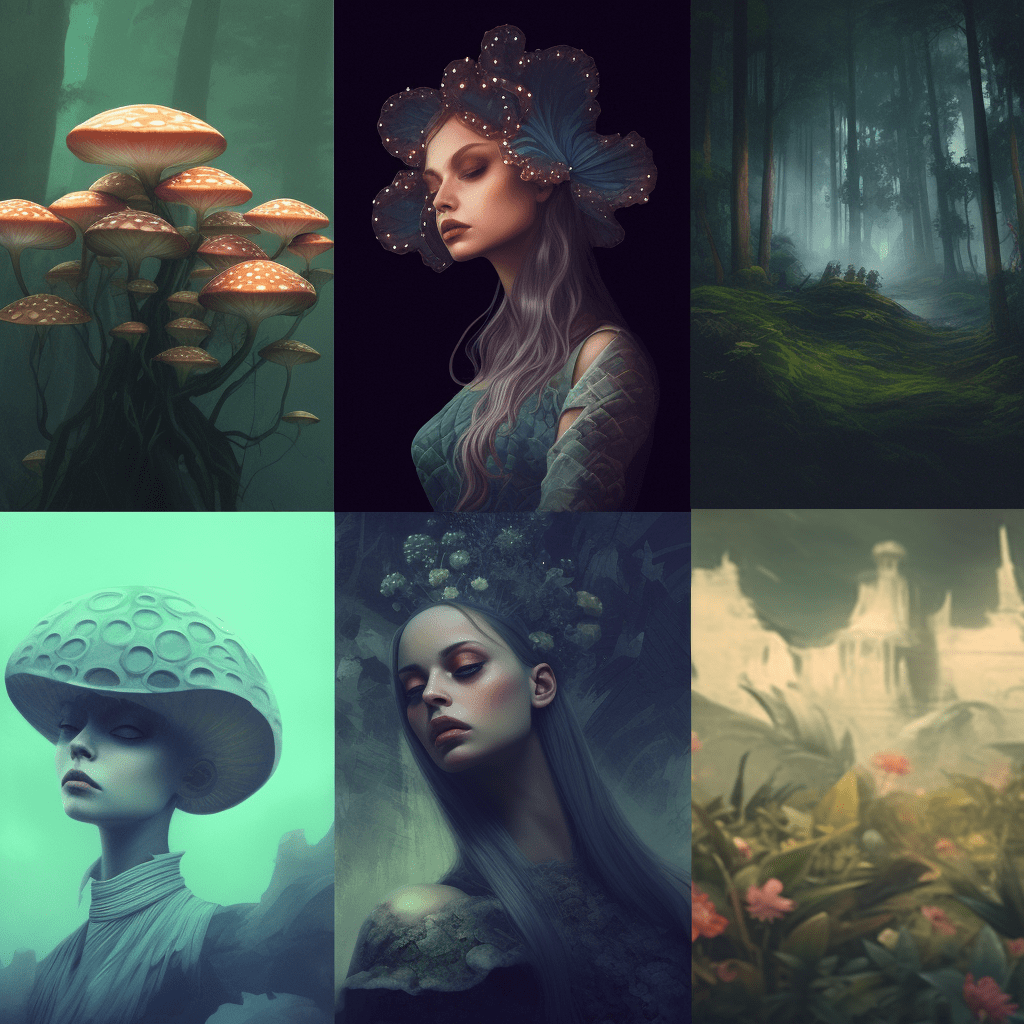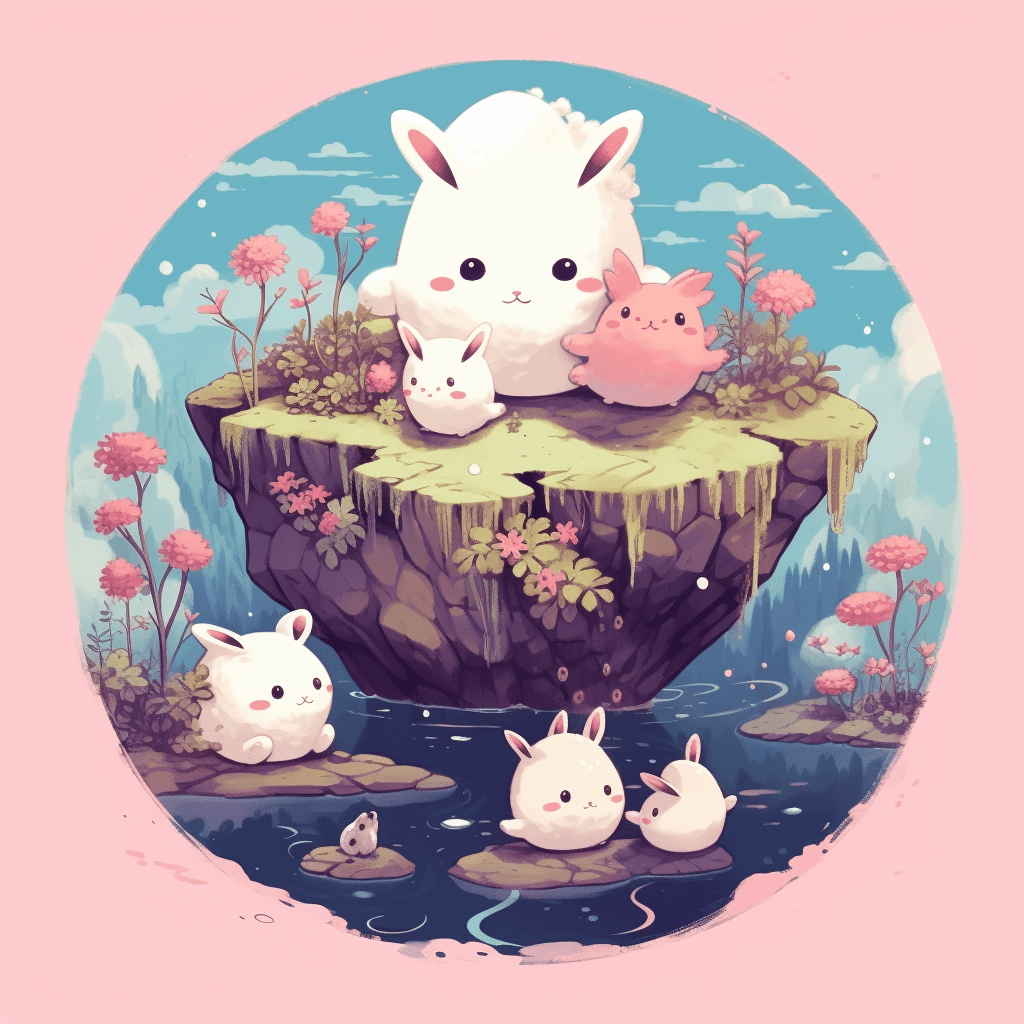The rise of non-fungible tokens (NFTs) has opened a world of opportunities for artists, collectors, and enthusiasts to create unique digital assets. However, entering the NFT space can be challenging for those without coding experience. Fortunately, no-code NFT collection generators have emerged, making it easier than ever to create NFT collections without the need for technical skills. In this step-by-step guide, we will walk you through how to create an NFT collection using no-code tools.

1. Plan Your Collection’s Concept and Theme
To start, determine the concept and theme for your NFT collection. This creative vision should be engaging, original, and attractive to a target audience. Spend time brainstorming ideas and conducting market research to understand what types of NFT collections are currently in demand and what might set your collection apart. The theme you choose will guide your creative decisions moving forward.
2. Develop Your Digital Artwork or Assets
With your collection theme in mind, create the individual pieces of digital artwork or assets that comprise your NFTs. If you lack design skills, you can use no-code design tools to create your collection. Some popular no-code design tools include:
- Canva: A user-friendly graphic design tool with a wide range of templates and design elements for various purposes.
- Adobe Creative Cloud Express: A simplified Adobe design platform that offers various templates and design assets for creating professional graphics.
- Figma: A collaborative design tool that allows multiple users to work on a project simultaneously, making it ideal for team projects.
These tools help you create visually appealing artwork for your NFT collection, regardless of your design skills.
3. Choose the Appropriate Blockchain and Token Standard

In creating your NFT collection, it’s crucial to select the right blockchain platform (e.g., Ethereum, Binance Smart Chain, Flow, or Tezos) and token standard (e.g., ERC-721 or ERC-1155 for Ethereum). Your choice should be based on factors such as transaction costs, market adoption, and the blockchain’s compatibility with marketplaces and wallets.
4. Utilize an No-Code NFT Collection Generator Platform
Now, with your digital assets ready and a chosen blockchain platform, you can use a no-code NFT collection generator to mint your NFTs. These platforms manage the technical aspects of NFT creation, including smart contracts, metadata, and minting. Some popular no-code NFT collection generator platforms include:
- Mintable: A user-friendly platform for minting NFTs on the Ethereum blockchain, offering easy minting, integration with digital wallets, and support for royalty settings.
- Rarible: A well-known no-code NFT platform that allows for seamless minting of ERC-721 and ERC-1155 tokens and includes a built-in marketplace for trading NFTs.
- OpenSea: One of the largest NFT marketplaces, OpenSea offers a no-code platform for creating, minting, and selling NFTs on the Ethereum and Polygon blockchains.
These platforms provide easy-to-navigate interfaces to help you upload your digital assets, set attributes, and mint your NFTs.
5. Market and Promote Your NFT Collection

Once your NFT collection is minted, the next crucial step is marketing and promotion. Share your NFT collection on social media platforms, join Discord servers or Telegram groups focused on NFTs, and engage with the NFT community in various forums to generate interest. Collaborating with relevant artists, influencers, or hosting virtual events can also help capture the attention of potential buyers.
As you progress through these steps, remember that creativity, a unique concept, and continuous engagement play vital roles in the success of your NFT collection. In the next section of this article, we will discuss strategies for maintaining the interest of your audience, leveraging your NFT collection for growth, and exploring new opportunities in the ever-evolving NFT space.
Learn how to create an NFT collection using no-code tools with this step-by-step guide, enabling even those without technical knowledge to participate in the world of digital art, crypto, and web3.
6. Maintain and Enhance Your Collection
To ensure the long-term success of your NFT collection, it’s essential to continuously improve the NFT assets, engage with your growing audience, and remain active in the NFT community. By updating your collection, being attentive to user feedback, and providing value, you can maintain the interest of collectors and drive demand for your NFTs.
- Collaborate with other NFT artists or projects
- Offer incentives or giveaways for community members
- Host virtual exhibitions, workshops, or discussions to showcase your collection and stimulate conversation
- Add new features, functionality, or utility to your NFTs
Conclusion: Creating NFT Collections Made Easy with No-Code Tools

No-code NFT collection generators have revolutionized the creation and management of NFT collections for non-technical individuals. Through the use of these platforms, you can plan, design, mint, and market your unique NFT collection with ease and efficiency. By following the steps outlined in this guide and continuously adapting to the evolving NFT landscape, you’ll be well-equipped to build and maintain a successful NFT collection, taking your digital art and crypto journey to new heights.